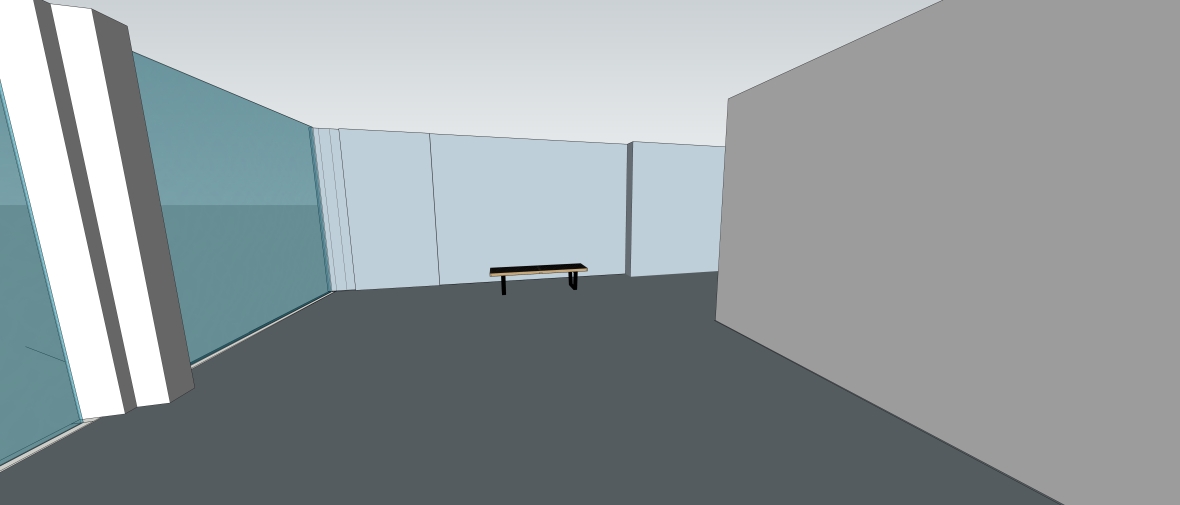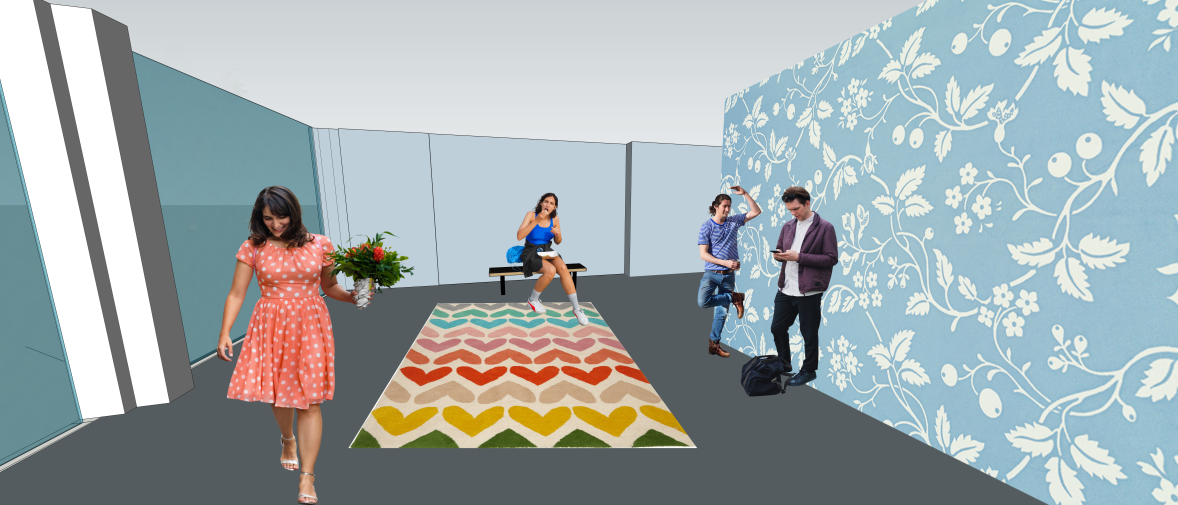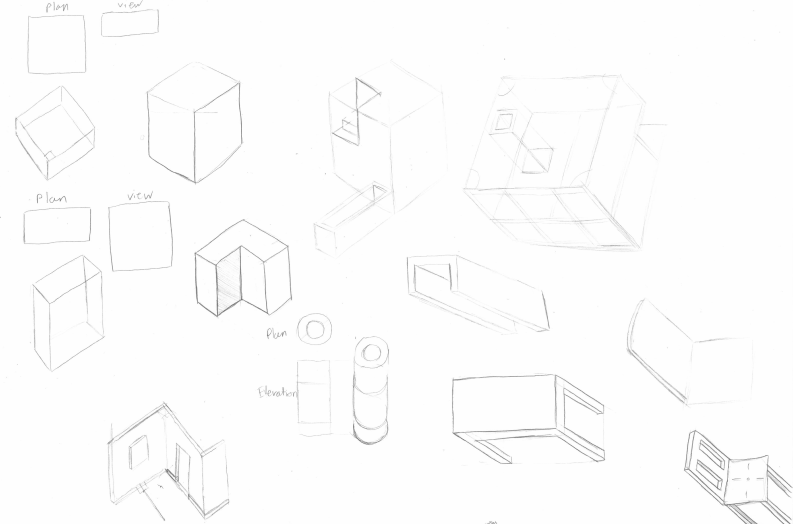Materials Used in Mattresses
Foam – soft material which helps with temperature regulation and pressure point relief. there are different types of foam which include memory foam, gel memory foam, polyurethane foam and viscoelastic foam (rebounded foam)
Polyester batting – used as a filling in pillow top mattress and mattress covers.
Wool – not used as a standalone material for mattress padding and instead serves as extra padding and temperature regulation and extra padding.
Cotton – a breathable material that is used both inside and outside the mattress.
Adhesives – used as a way to bond layers, materials and seams together. Quilting is often combined with adhesives to strengthen the bonds.
Flame Retardants – found in all mattresses as a legal requirement.
Steel Coils – either formed as open coils or individually wrapped coils, they are a key structural component that are the firm support as the base of the mattress.
Mattress Types
Memory Foam – Consists of polyurethane and additional chemicals to increase its viscosity and density. The foam bubbles are open and create a matrix through which air can move and allow the foam to soften in reaction to body heat, allowing it to mold into the body shape within a matter of minutes. newer foams return to their original shape quicker. They also don’t have coils in them.
Innerspring Mattress – the most numerous and the most popular due to their affordability. They also support a variety of sleepers including stomach sleepers, people with back pain, and overweight individuals. However, they have the tendency to sag, short lifespans, noisiness and lack of motion isolation.
Hybrid Mattress – these mattresses combine two or more support systems such as memory foam and the innerspring system. making them a great way to experience the pressure of reliving benefits of memory foam while retaining the feel of an innerspring mattress.




